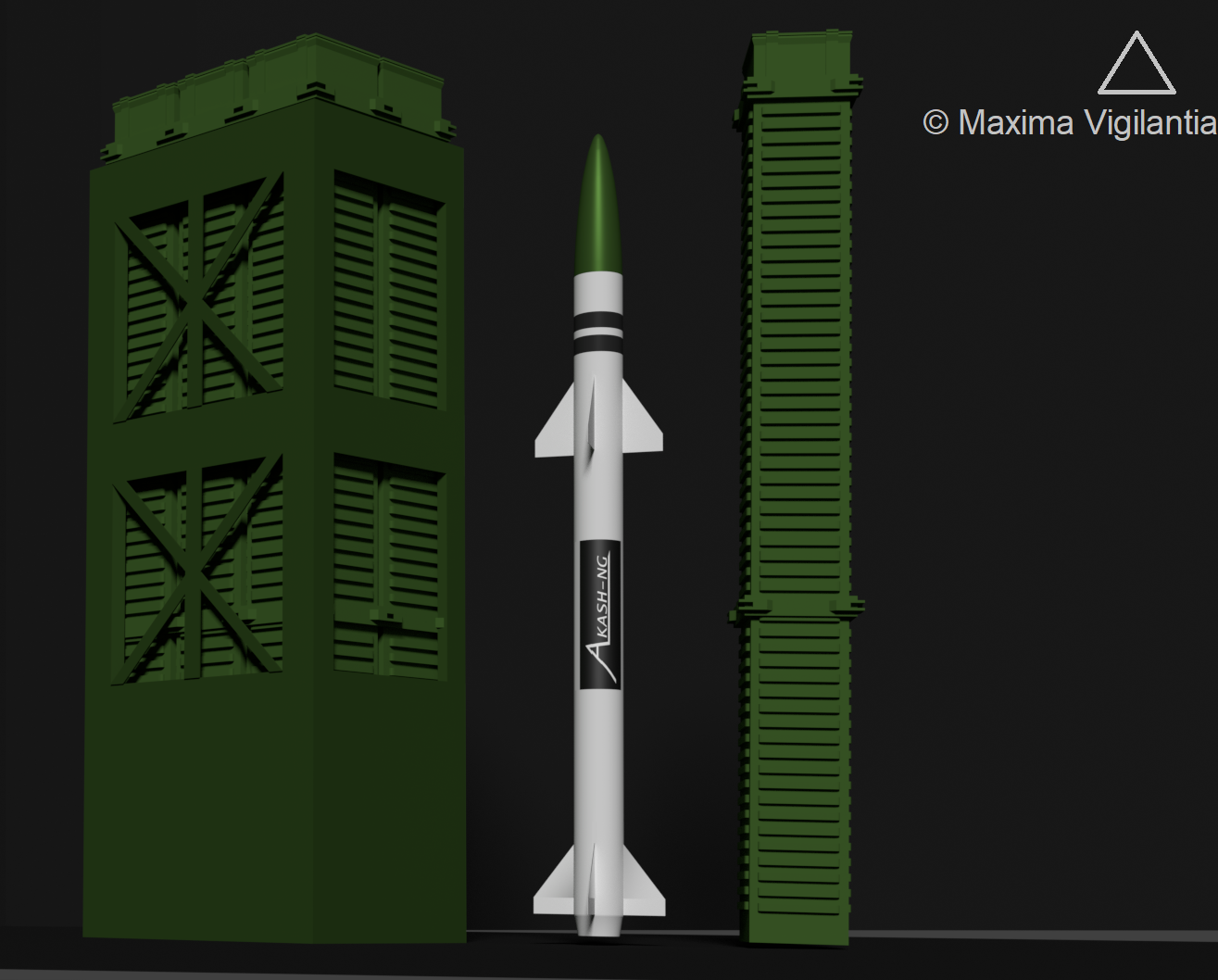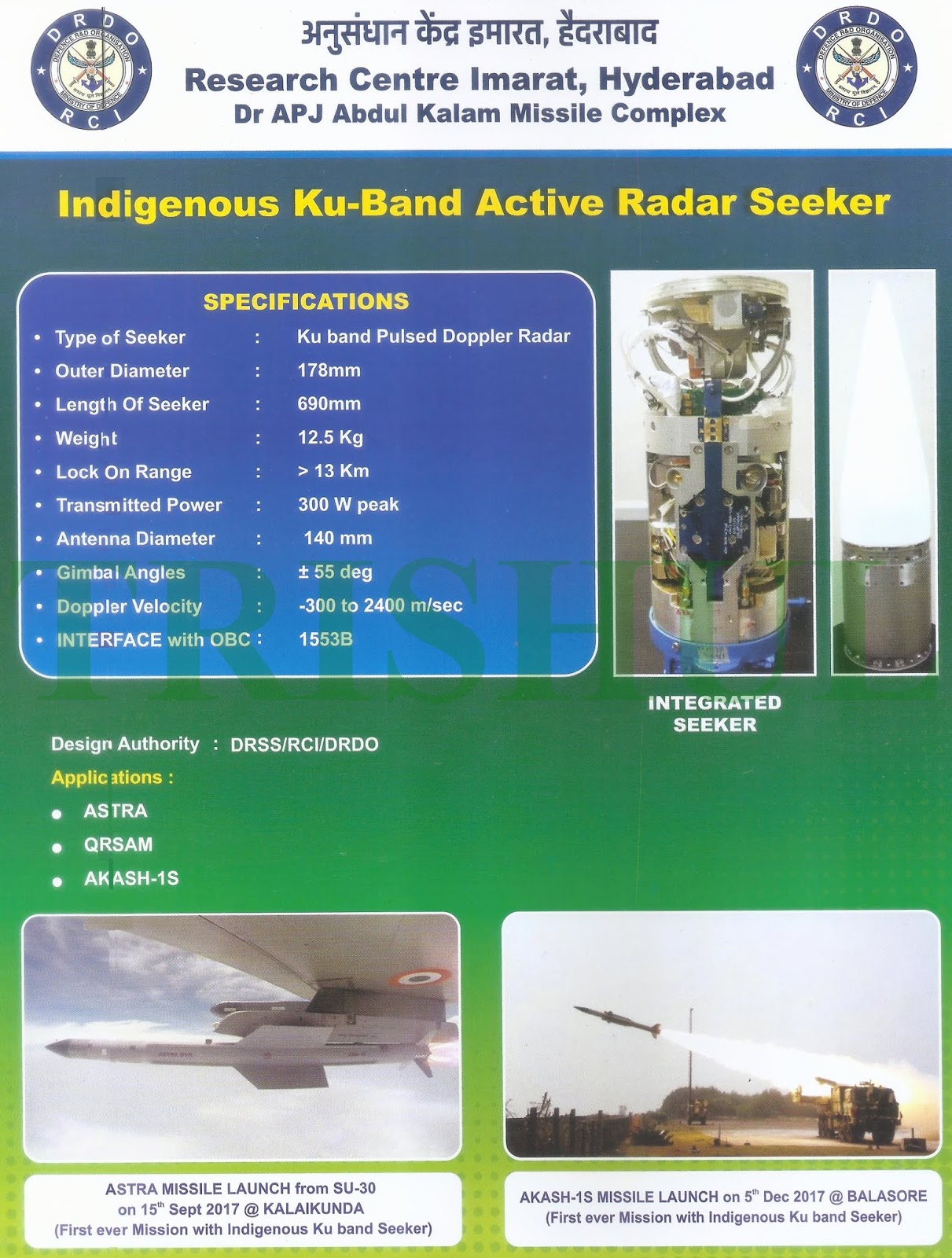View attachment 35498
Old Article ,Tells about Advantage of 1S over base version
In a major decision, the defense ministry on Tuesday approved procurement of two regiments of Akash-1S medium-range surface-to-air missile system. A typical Akash regiment consists of 6 squadrons, 84 batteries, and 750 missiles.

Akash missile being test fired at ITR, Chandpur
The older version of Akash lacks active radar seeker and uses a command guidance system. In command guidance missile is guided through an RF-datalink. The Target and the missile are continuously tracked by fire control radar (FCR). Tracking data is passed to a computer which sends steering commands to the missile via RF link and guides it to an interception point. While command guidance has impressive resistance to jamming, this form of guidance has several problems -
- Target engagement envelope limited to Line-Of-Sight ( LOS): command guidance requires the target to be in line-of-sight with FCR.
- If the target dives below radar horizon, radar can no longer guide the missile to it.
- Even if the target is above radar horizon (low altitude), radar still has to cut through the interference of ground clutter.
- Susceptibility to anti-radiation missile (ARM) attack: An Anti-radiation missile has an RF receiver in the nose which detects signals emitted by radar and communication system, and guides the missile to emission source. Command guidance requires FCR to continuously track the target and it makes them particularly vulnerable to ARM attacks.
View attachment 35503
MAR-1 anti-radiation missile used by Pakistan Air Force
- A limited number of simultaneous interceptions
- Active radar seeker (ARSEEK) of Akash-1S mitigates the weaknesses mentioned above. Akash missile equipped with ARSEEK has greater target engagement envelope and enhanced effectiveness against low flying targets. New Akash-1S missile will be far more effective than baseline Akash in mountainous terrain.
Incorporation of ARSEEK will enhance the survivability of FCR against enemy anti-radiation missiles. The Fire control radar will have to be switched 'ON' only during target acquisition and midcourse corrections. This mode of intermittent operation will make it difficult for a hostile anti-radiation missile to target the fire control radar of Akash-1S. Another advantage is that active radar homing seeker reduces the load on the primary fire control system which increases the effectiveness of the missile system against a saturation attack.





